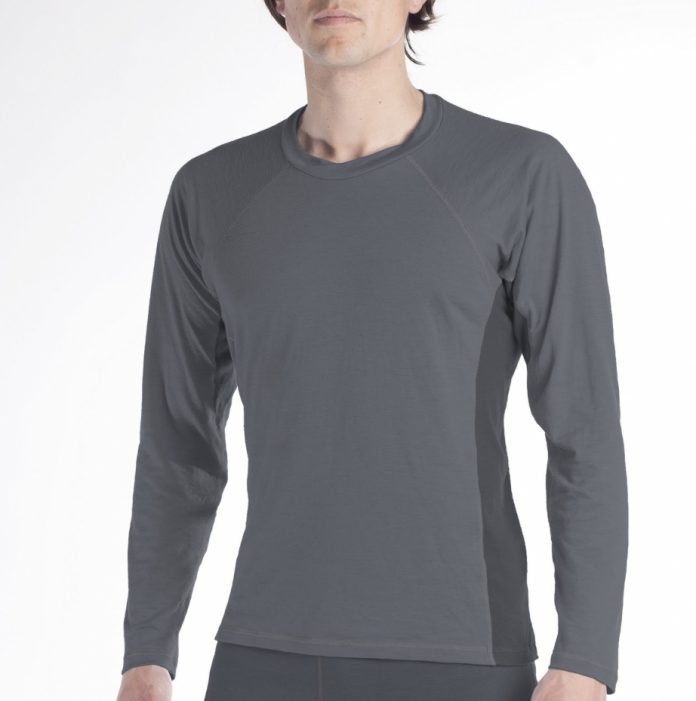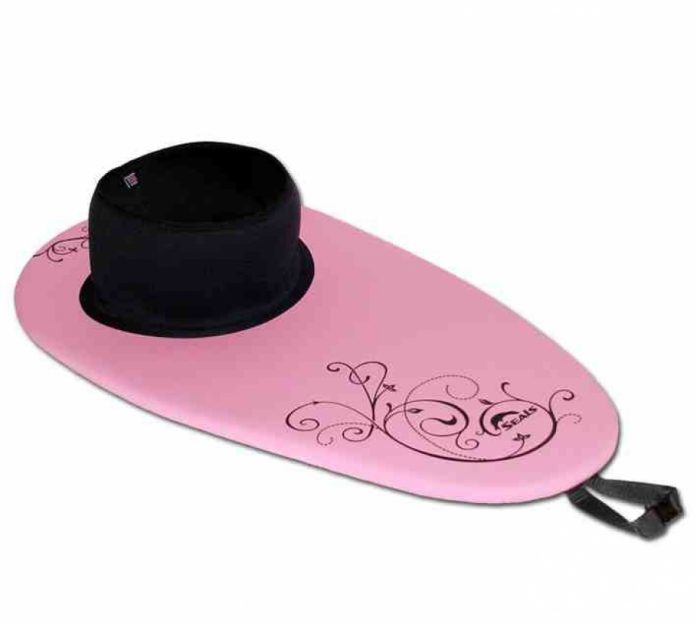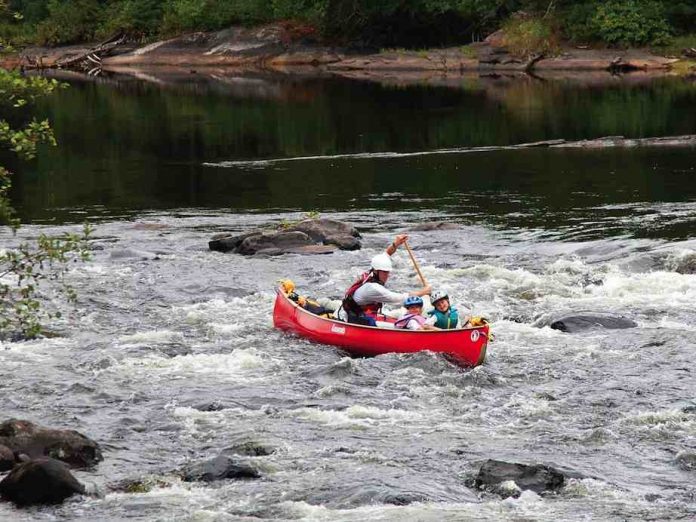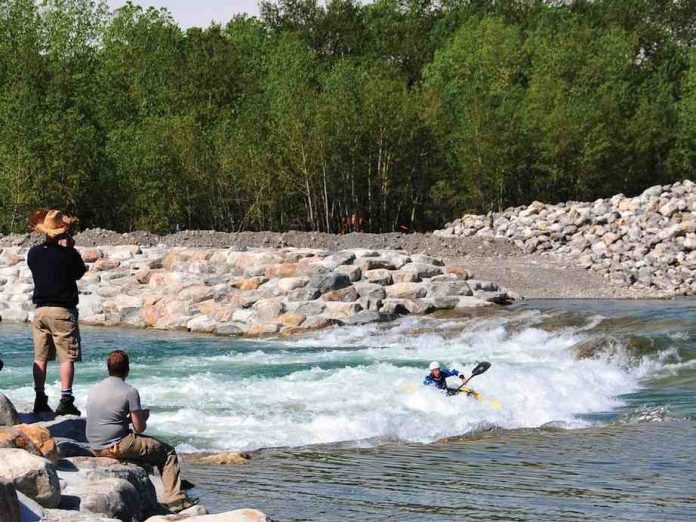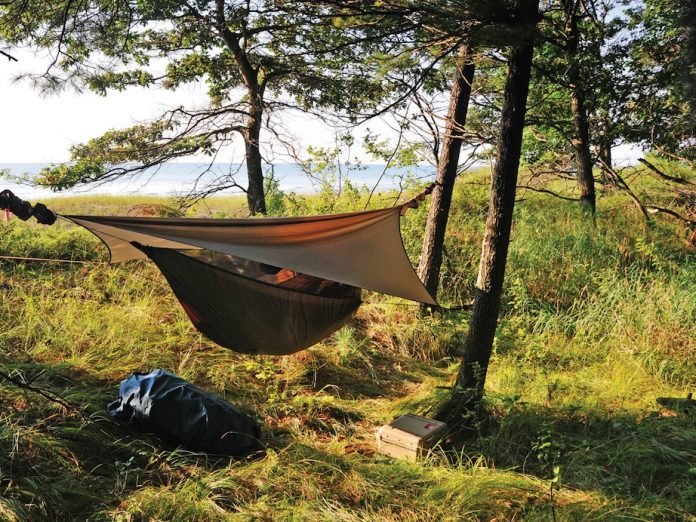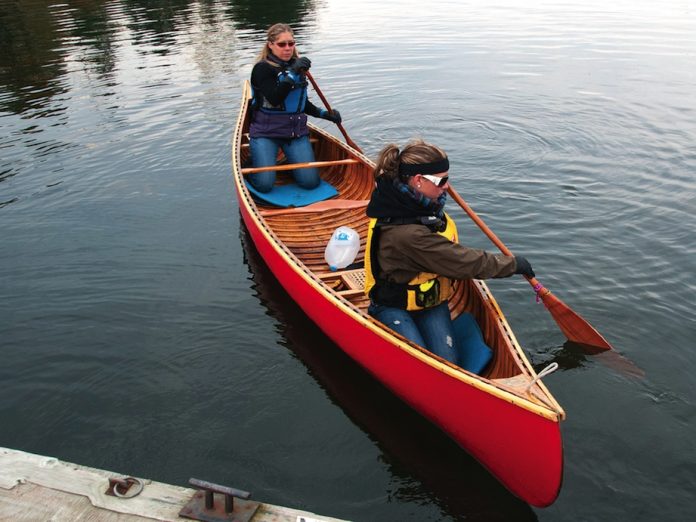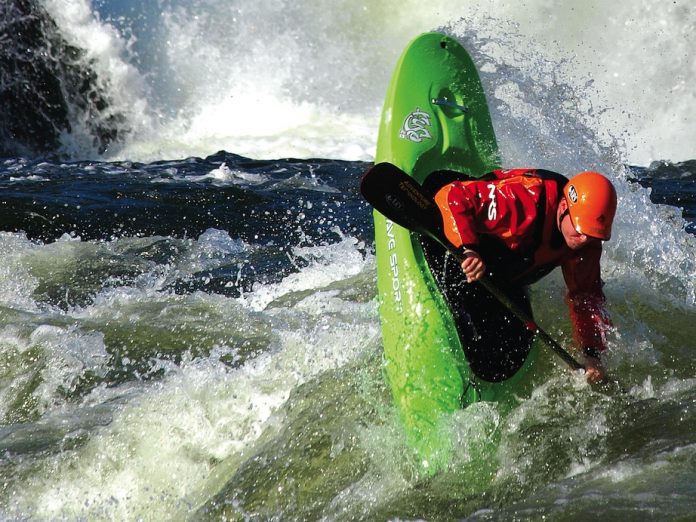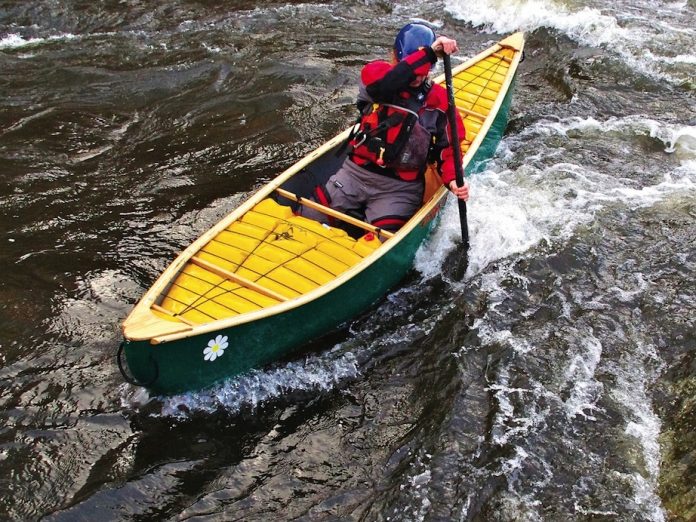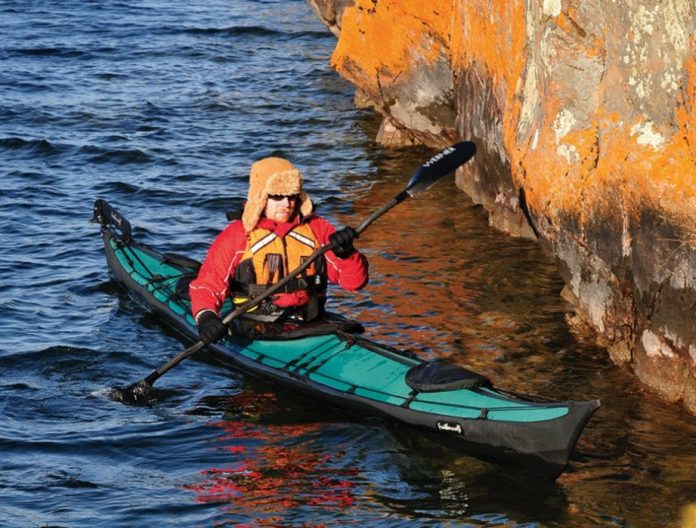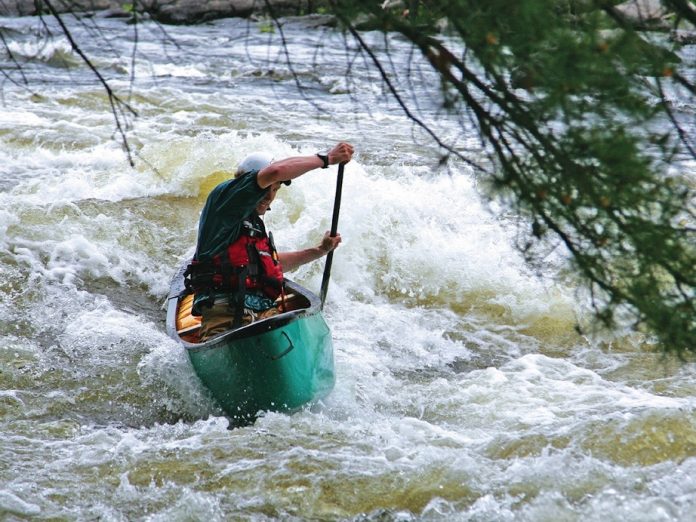Ten years ago I met Maxwell Johnston testing a prototype of the Maxim. He told me that Mohawk Canoes was going to build a production model. I should have jumped in it then, I had no idea how much fun it would be and how long I’d have to wait for another chance.
Before the Prelude, Taureau and L’Edge came along, Johnston was paddling the Gull River, a pushy technical run.
“I loved catching the very last eddy right at the top of Whitehorse Falls, but it’s a tiny eddy, requiring a very fast entry and exit,” remembers Johnston. “I wanted a boat that was quick to roll so I could play in Earl’s Hole above the falls. It needed a high-volume, blunt bow to keep dry when running the dam and the first drop.”
At just under nine feet with sharply rockered ends and a flat bottom, the Maxim’s top speed doesn’t begin to approach that of, say, an XL 13, but it gets there so much faster. The Maxim takes only a stroke or two to reach its top speed. It also hops on small waves and planes across small currents, giving you the illusion of greater hull speed. On steep creeks, all of these elements are more important than speed, which just slams you into micro eddies harder.
Our Maxim came ready to go with Mohawk’s factory outfitting including a Mohawk saddle, lap belt, thigh wedges, knee pads, foot braces and PVC bags and lacing. Mohawk told me that 95 percent of the boats they sell are ordered with factory installed outfitting.
This was my first go with Mohawk outfitting and I’m afraid I’m not a big fan, especially in a high performance boat like the Maxim. I’m not weirded out by a lap belt for safety reasons, I’ve used a similar rig in my C1 outfitting for 15 years. I have long legs and this lap belt system didn’t keep my hips or knees down in the boat. To take advantage of the performance of the Maxim, I’d suggest spending the extra $80 and an afternoon to install Mohawk’s Extreme Outfitting or another double strap system.
I asked Richard Guin, the production manager at Mohawk, why they install such ridiculously beefy thwarts and deck plates in the Maxim.
“I build boats to take a licking and keep on ticking,” Guin explains. “I am a class V creeker and if my boat won’t handle what I like to paddle, then it’s a sucky boat.”
Okay, time for full disclosure. I love the Maxim, but you may not. At least not at first.
The secondary stability is awesome. You can hang it out there with the gunwales in the water. The bad news for some is, with very little primary stability, that’s the way the Maxim likes to be paddled; you’re either carving one way or the other.
The sharp chines are wicked for snapping offside tilt turns to kill forward speed and sticking small eddies. The rocker profile allows you to boof almost anything and, combined with the carvey edges, makes the Maxim one of the most fun boats to surf.
The boys at Mohawk know they have a winner and are working on another—the Phiend. Guin stretched the Maxim four inches longer and two inches wider in the center, and softened the chines to make it more user-friendly. Mohawk plans to blow-mold this polyethylene boat, which they say will be stronger and lighter than rotomolded boats like the Prelude and L’Edge.
“I feel that the canoe has not hit the limit of what it can do but has been restricted by the manufacturing process,” says Guin. “We plan on changing that.”
MOHAWK MAXIM
MATERIAL: Royalex
LENGTH: 8’10”
WIDTH: 27.6”
HULL/OUTFITTED WEIGHT: 32/41 lbs
ROCKER: 4.5”
DEPTH: Center 15.5” Ends 18”
MSRP: Hull only $1,233 Factory outfitted $1,563
www.mohawkcanoes.com



